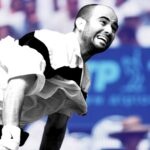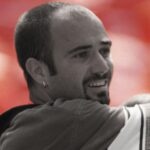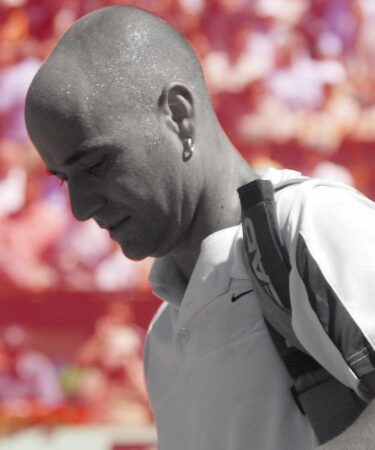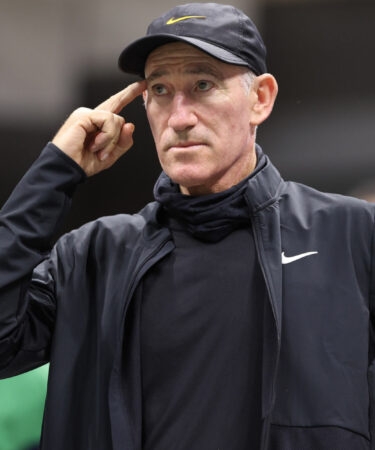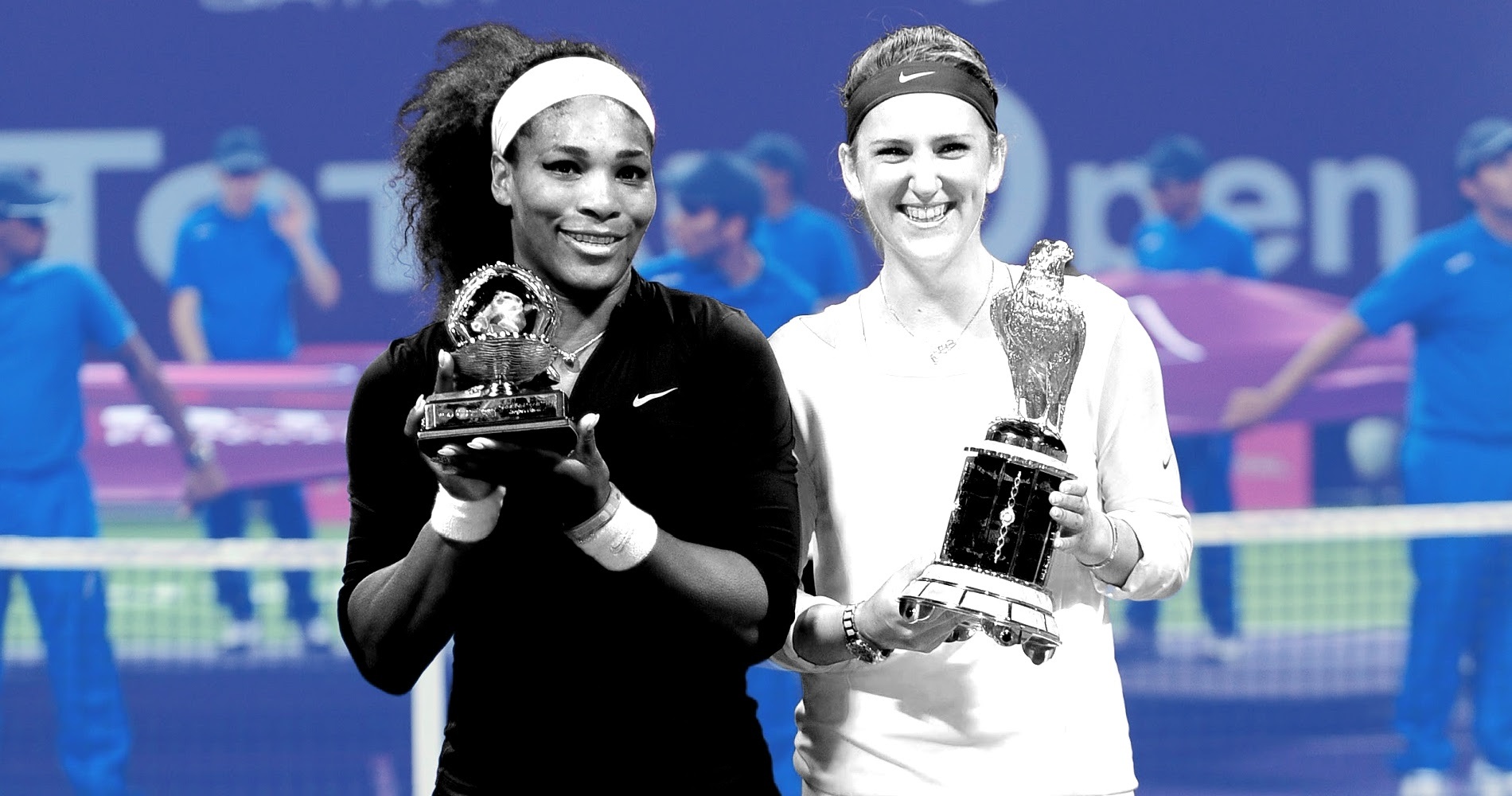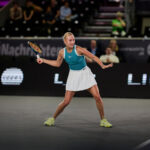February 9, 1991: The day Andre Agassi lost to his future coach, Brad Gilbert
Every day, Tennis Majors looks back at the biggest moments in tennis history. On February 9, 1991, Andre Agassi was beaten by his future coach, Brad Gilbert.
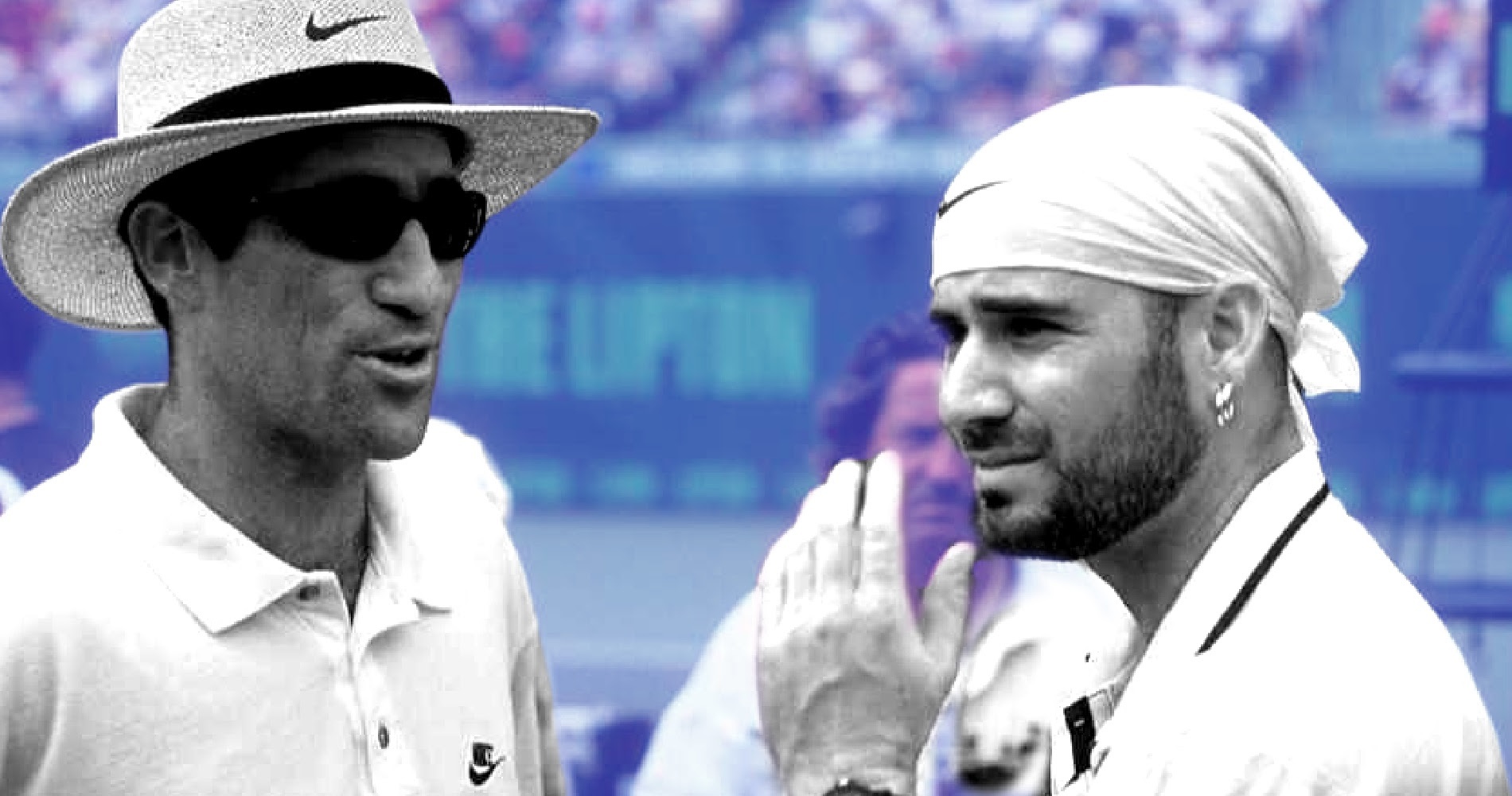 On this day 09.02.2021
On this day 09.02.2021
What happened exactly on that day
On this day, February 9, 1991, Andre Agassi, world No 4, suffered an unusually heavy loss in the semi-finals of the San Francisco Open, beaten by his future coach Brad Gilbert, 6-1, 6-2 in less than one hour. Three years later, Gilbert became the coach who would lead Agassi to world No 1.
The players: Andre Agassi and Brad Gilbert
- Brad Gilbert – former world No 4
Brad Gilbert, from the United States, was born in 1961. He turned pro in 1982, and within a few months, he claimed the first of his 20 titles in Taipei (defeating Craig Wittus in the final, 6-1, 6-4). Unlike many other professional players of his era, Gilbert did not have a major offensive weapon, and his game relied mostly on his great tactics.
Although he managed to climb as high as world No 4 in early 1990, after he had won five tournaments in 1989, his best Grand Slam results were two quarter-finals reached at the 1987 US Open (lost to Jimmy Connors, 4-6, 6-3, 6-4, 6-0) and at Wimbledon in 1990 (lost to Boris Becker, 6-4, 6-4, 6-1).
Gilbert had also obtained a bronze medal at the Olympic Games in Seoul in 1988, after he lost in the semi-final against fellow American Tim Mayotte (6-4, 6-4, 6-3). In September 1990, the Northern California native claimed his 20th title in Brisbane, defeating Aaron Krickstein in the final (6-3, 6-1), and in February 1991, Gilbert was No 10 in the ATP rankings.

- Andre Agassi – Rebel and 8-time Grand Slam champion
Andre Agassi, the Las Vegas Kid, was one of the biggest stars in tennis history. He had turned professional in 1986 and soon become famous, thanks to his amazing tennis skills but also to his eye-catching style, which the iconic denim shorts, pirate-influenced bandannas and his go-to pink compression shorts (worn as underlayer).
Taught by his father and coached at the Nick Bollettieri Academy, Agassi’s game relied on an iconic return of serve (considered by some to be the best of all time) and on taking the ball on the rise off of both wings with incredible timing and power, which was revolutionary at the time, then copied by generations of tennis players.
Agassi won his first ATP tournament in November 1987, in Itaparica, defeating Luiz Mattar in the final (7-6, 6-2). 1988 was his breakthrough year: not only did he claim six titles, but he also reached the semi-finals at Roland-Garros, defeated by Mats Wilander (4-6, 6-2, 7-5, 5-7, 6-0), and at the US Open, where he lost to Ivan Lendl (4-6, 6-2, 6-3, 6-4). Despite many great results, Agassi, who had been the first American player from his talented generation to hit the spotlight, saw his rivals triumphing in major tournaments, whereas he missed several opportunities. At the 1989 French Open, he lost to Jim Courier in the third round (7-6, 4-6, 6-3, 6-2) and witnessed countryman Michael Chang, 17 years old, lift the trophy. At the US Open, he was stopped again in the semi-finals by Lendl (7-6, 6-1, 3-6, 6-1).
In 1990, the Las Vegas Kid got even closer to a Grand Slam triumph but in the Roland-Garros final he surprisingly lost to Andres Gomez (6-3, 2-6, 6-4, 6-4). At the US Open, he finished runner-up again, this time to Pete Sampras (6-4, 6-3, 6-2). At the end of the season, Agassi managed to clinch the title at the Masters Cup (defeating Stefan Edberg, 5-7, 7-6, 7-5, 6-2), and in February 1991, he was world No 4.
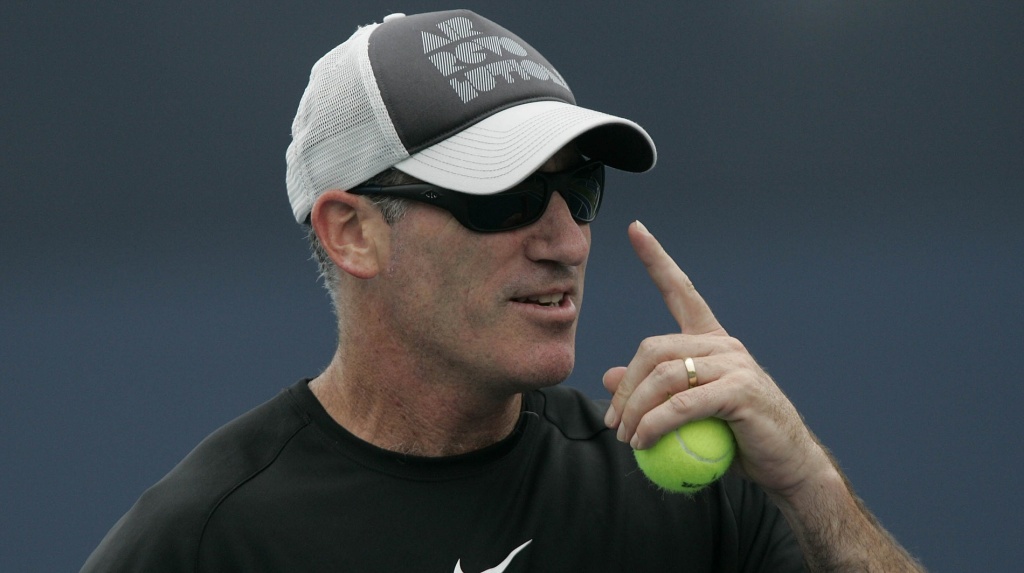
The place: San Francisco Civic Auditorium
The Pacific Coast Championships, founded in 1889, was one of the oldest tennis tournaments in the world. Originally held in Monterey, its iconic location was Berkeley, where the event was played from 1900 until 1971. The tournament then moved to San Francisco, on indoor carpet. Amongst its former champions were great players such as Jimmy Connors (1972), Arthur Ashe (1970, 1975), John McEnroe (1978, 1979, 1982, 1984, 1986), Ivan Lendl (1983) and Stefan Edberg (1985).
The facts; gilbert picks agassi apart
At the start of 1991, both Agassi and Gilbert had been playing their best tennis in the past months and had high expectations for the upcoming season. Young Agassi had reached two Grand Slam finals in 1990 before winning the most important tournament of his career at the Masters Cup. It seemed like a matter of months before he would win his first major title and reach world No 1. On the other hand, Gilbert had played his best seasons in 1989 and 1990, remaining a consistent top 10 player for the first time of his career.
As was common at the time Agassi had skipped the Australian Open (he would compete in Melbourne for the first time in 1995), and the San Francisco Volvo Championships was his first tournament in 1991. Being the No 1 seed, he didn’t face much resistance before the semi-finals, where he was to meet Gilbert.
Agassi had no reason to be particularly worried, as he had beaten Gilbert in two of three previous meetings. However, after only 59 minutes of play, it was the older of the two Americans who qualified for the final. Gilbert played a perfect match and literally picked Agassi apart (6-1, 6-2). Later, Agassi would admit having suffered “his worst loss since falling to Pete Sampras in the US Open final”.
“He steamrolled me,” said Agassi, according to The Washington Post. “He has never served that well. Even the big servers in the game don’t serve that well. (…) I never got rolling. There’s not much you can do when he’s playing that well. My second serve was a little weak. If he had given me a chance to get in [the match] it might have been different.”
Meanwhile, Gilbert, who was known for his intelligent tactics and his affinity for numbers and statistics, took a more philosophical point of view. “You have five days a year that no matter who you play you win,” he said. “And you have eight days you can’t beat anybody.”
What next: agassi begins to rise again
Gilbert’s wise approach to the game of tennis was the reason why, three years later, Agassi would hire him as his coach. Advised by Gilbert, the Agassi would claim six major titles, achieving the career Grand Slam and reaching world No 1.
For the record, in the San Francisco final, Gilbert would be defeated by Darren Cahill, from Australia (6-2, 3-6, 6-4), who would also become Agassi’s coach at the start of 2002. In 1991, Agassi would be defeated by Jim Courier in his third Grand Slam final, at Roland-Garros (3-6, 6-4, 2-6, 6-1, 6-4). He would claim his first major title in 1992, in the place least expected, at Wimbledon, where he would beat Goran Ivanisevic in the final (6-7, 6-4, 6-4, 1-6, 6-4).
